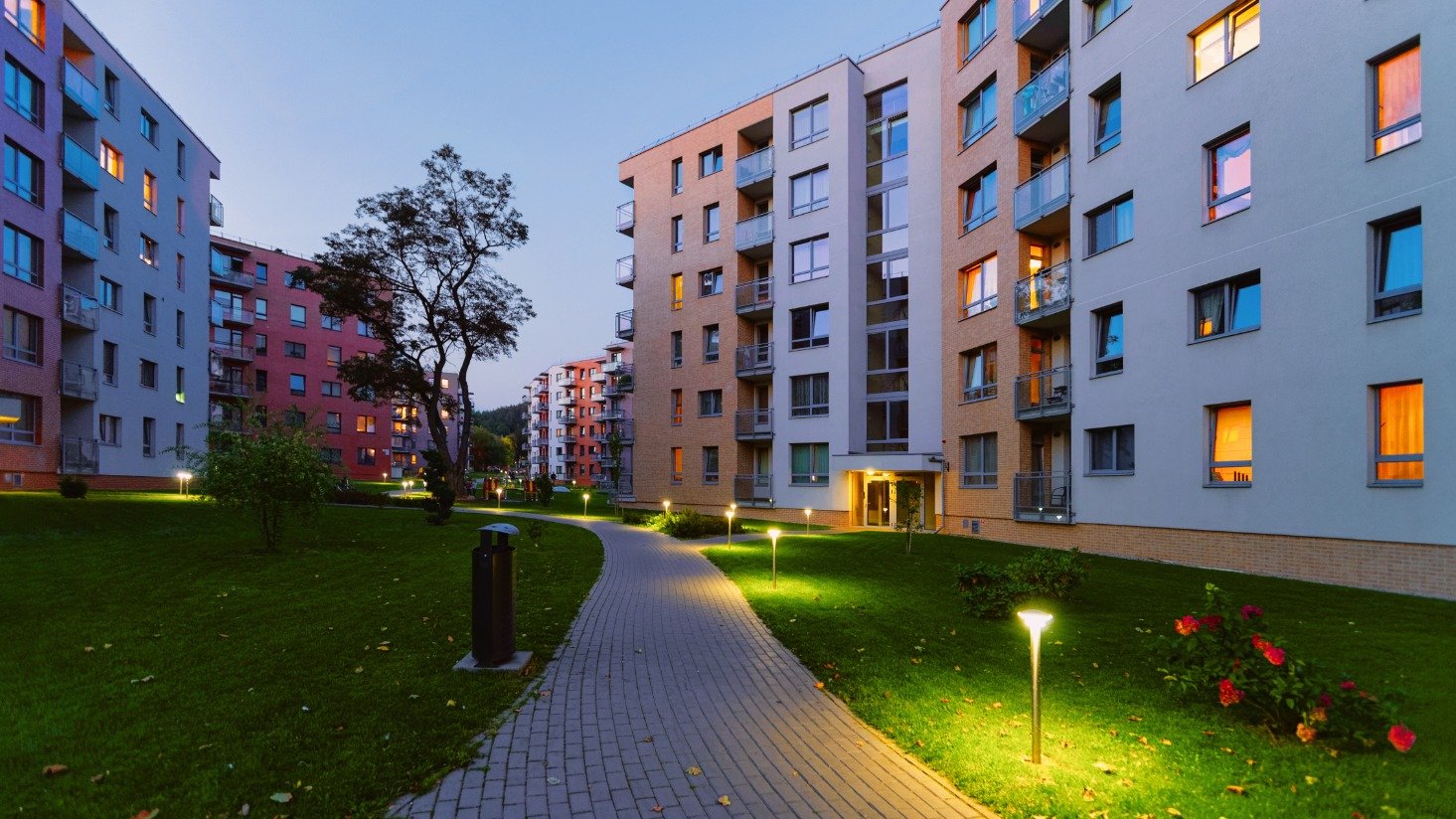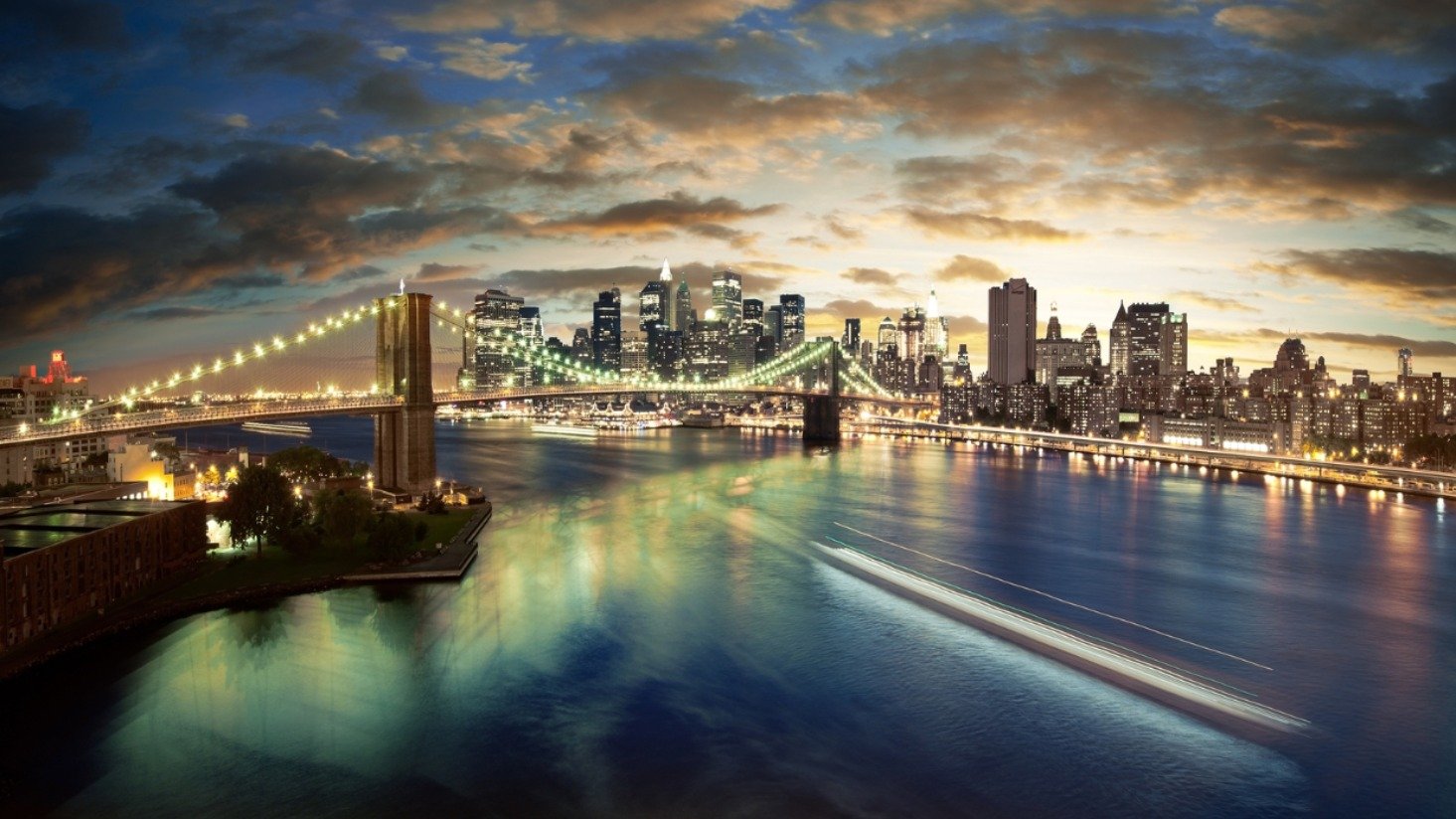4 energy-saving strategies for commercial offices
.jpg?width=1465&name=bigstock-office-6983070%20(2).jpg)
When you're catering to the needs of an entire facility, it can be challenging to save on energy costs. Commercial office buildings might contain several different companies, which means you're trying to serve all of their lighting and energy preferences the best you can.
Commercial offices need lights on for a minimum of 10 hours a day. The U.S. Energy Information Association lists them as one of the top five energy-consuming commercial buildings.
We're digging into four strategies to cut back on energy use, and also save some money.
1. Upgrade lighting
Fluorescent lighting is dominant in commercial office buildings because of its crisp, clean light that creates a productive work environment.
Fluorescent light bulbs are fairly energy efficient, but there are a few cons. You might notice the color depreciate over time, giving lights a pink or green color. Employees in your building might also complain about harsh light from linear fluorescent tubes.
The most energy-efficient solution is to upgrade all of your lighting to LED lighting. An upgrade to LED will help you solve for other problems, like color consistency and eye strain.
LED lighting is the most energy efficient type of lighting, but we understand it is also the most expensive. Here are several strategies you can use to save energy without upgrading the entire building:
- Focus on hard to maintain areas. Think about your stairwells, high lobby ceilings, and elevators. It's very inconvenient to change out light bulbs in those locations. Switching to LED means less time spent on a ladder or in a bucket truck.
- Focus on areas critical to safety. HIDs in your parking lot or parking garage may use a lot of energy, but it's important to keep them on for safety. Plus, their color can change over time. Upgrading to LED in areas where safety is important means more consistent lighting for a longer period of time.
- Look for high-burn areas. Do you leave lobby lights on, even when the last employee heads home? Incandescent and halogen light bulbs used in specialty lighting fixtures can be energy hogs. These areas are where energy savings will stack up fast.
- Let natural lighting help. If more spaces in the commercial office building have access to daylight, you won't need as many light fixtures or light bulbs. Daylighting is an easy way to help save energy.
2. Lighting controls
Have you ever driven by a large office building and wondered why all of the lights are on, even at night? We're just taking a guess here, but it's likely that building does not have lighting controls.
Lighting controls are extra bonus to your lighting retrofit, helping you save an additional 5-40%, depending on application and use.
Lighting controls are especially beneficial for commercial offices because there are probably areas in your building not used 100 percent of the time. Think about meeting rooms, offices for people who might be in and out all day, and bathrooms.
There are several types of controls that work well in commercial office buildings:
- Occupancy sensors. These are probably the most beneficial type of lighting control in a commercial office. Occupancy sensors automatically turn on when someone enters a room, then turn off a few minutes after no activity.
- Timers. Does everyone leave your office building by a certain time? Or are there meeting rooms that are not used in the afternoons? Setting a timer for your lights will keep them from burning all night.
- Dimmers. You might not automatically think of dimmers as an option for commercial offices, but LEDs and CFLs can be easily paired with dimmers to creative a more calming atmosphere in your lobby.
3. Upgrade HVAC system
The last thing you want is your tenants to call you first thing in the morning because of a broken HVAC system.
Regular maintenance is the first step in improving your overall system. There are two parts to this. The first is to make sure your HVAC system is up to date. The second is to keep a close watch on usage. If your bill went up significantly last month, it might be worth finding the source of the problem before it becomes a trend.
If you decide you do need to upgrade your HVAC system, you might want to start with specific parts of the system instead of the entire things. Plus, this option could save you money.
For discounted pricing on your next LED purchase, make sure you sign up for a business account. Click here to apply.
4. Building automation systems
Heard of IoT? The options are endless for building automation systems these days thanks to the Internet of Things.
From wireless lighting controls to sensors that connect to your thermostats and badges that account for building occupancy, there are several smart ways to control your energy costs.
We think these are especially helpful for commercial office buildings because occupancy might be random for parts of the building, like meeting rooms and offices.
Benefits of saving energy for offices
Taking any of the steps listed above will help you save energy costs. But the benefits can go beyond what you see on your electricity bill. Here are three other benefits:
- Increased building value. You might not be looking to put your building up for sale any time soon, but it will probably feel good knowing that your efforts to save energy will also boost your building value.
- Increased building appeal. Are you trying to attract new tenants or companies to your office building? Make sure you mention your energy saving techniques. This is also a great way to retain and please your current tenants.
- Reduced operations and maintenance costs. Creating a more energy efficient building will cut down on your overall operation and maintenance costs, meaning you have more money to spend in areas that matter to you.
If you'd like to pursue more cost saving measures, and you're focusing on a major upgrade or new building, you might consider striving for a LEED certification.
Or, if you have more questions about when to upgrade to LED lighting, click here.
.jpg)












